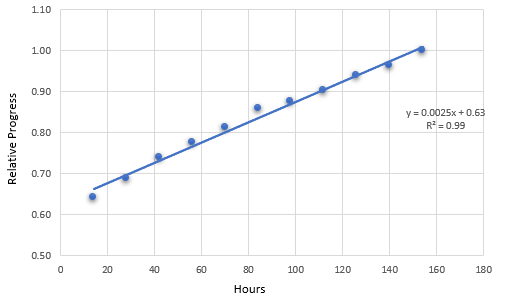This is awesome! Thanks for posting.
You clearly don’t have a stringhopping problem. The first big hurdle where people get stuck is figuring out how to do a single-escape type picking motion fast. Rejoice, you have sailed past the first checkpoint.
Second, I don’t think you are really playing to the click here — which is something we see a lot with very short “burst” type clips that people post. I don’t think burst playing is really long enough to properly synchronize, so the metronome just becomes distracting background noise. And honestly, I don’t think the click is really doing anything for you anyway. I would just turn it off. You’re fast!
The next step is smoothness and consistency. I would drop the drill / exercise type work and move to longer musical phrases, which you either write or find, where you can just get going and stay going. The simplest would be single string stuff. But if you can do any high-speed string changes, via alternate picking, that’s great. If you can manage any downstroke sweeping, you can throw some of that too. It’s easier to do three-note-per-string type phrases with occasional two-string sweeping than it is to do two-note-per-string type phrases with occasional two-string sweeping, like the EJ stuff.
Do you do rock / metal playing? If so, I think a varied basket of stuff like this would be the logical next step:
The idea here, again, is to string together long phrases, which you try to play smoothly with no click, at whatever speed is most fluid. It can be as fast as you can go, less fast than that, whatever you like. I bounce around a lot when I do this, trying to find smoothness at all speeds. The emphasis is on making the mechanics feel fluid, not trying to “hit a tempo”, because again, I think that just adds distraction from the main goal which is learning a motion.
Nice work on the speed stuff - the hardest part is behind you.


